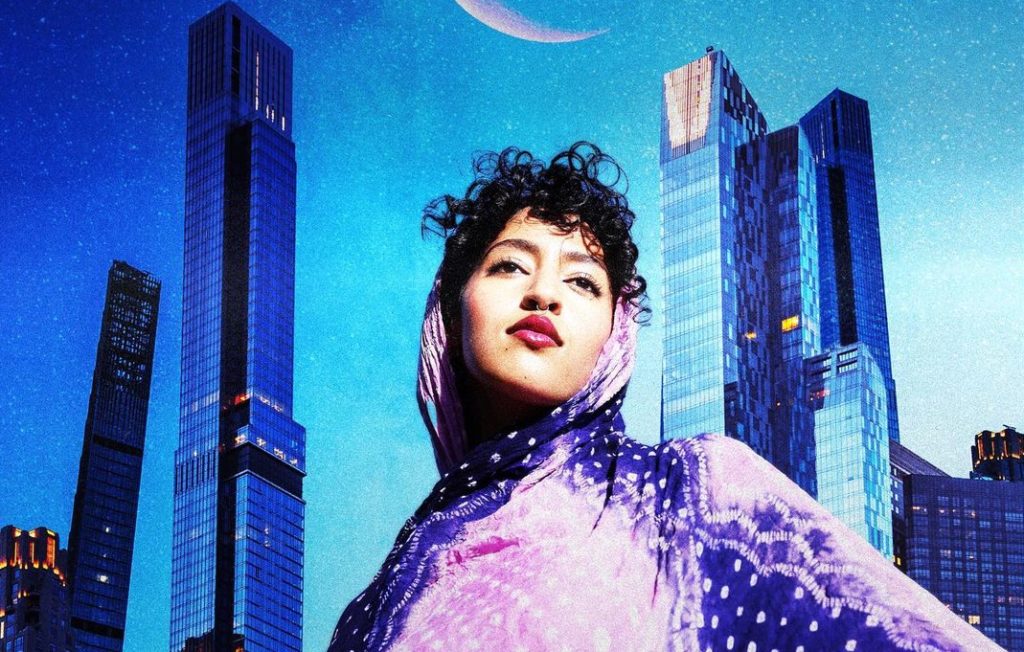
Art
Reframing Reality Through Sara Benabdallah’s Return to the Roots
From making her first steps across the tiles of a traditional riad to finding her way back home after nearly a decade overseas, Moroccan photographer and filmmaker Sara Benabdallah forged a culturally colorful path in the realm of visual storytelling. Join us as we delve deeper into her journey and follow the frame of her imagination in this dialog with JDEED.
By Christina Fakhry
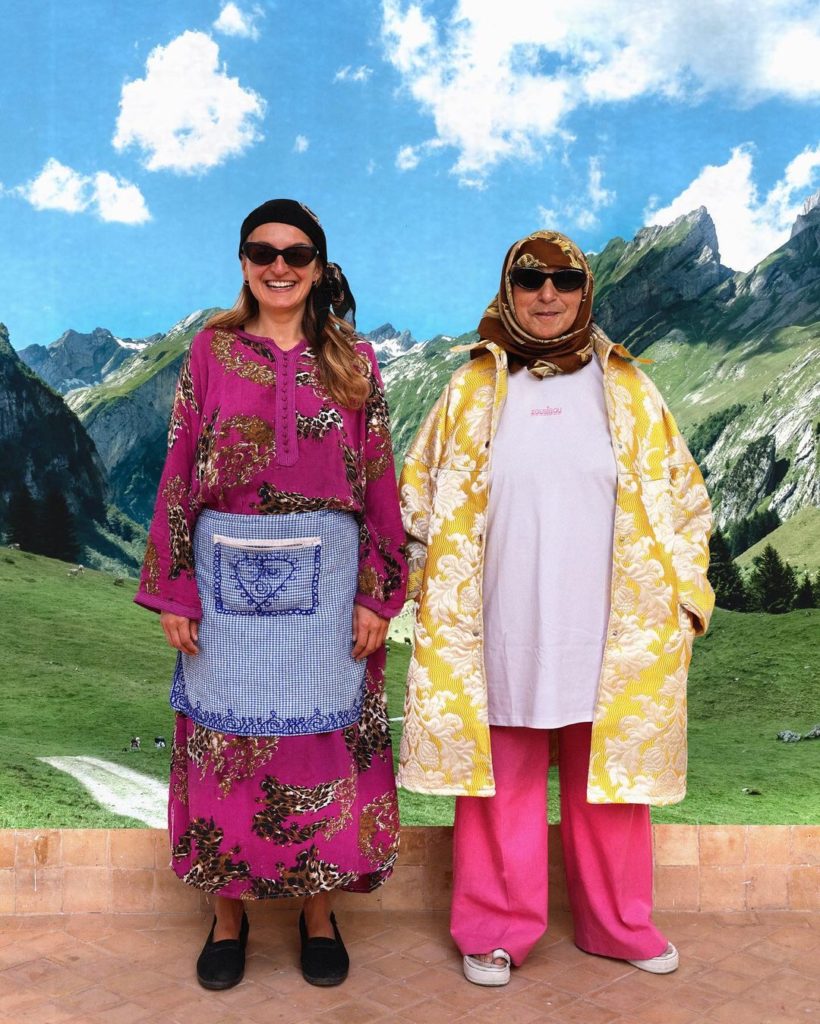
Upon growing up in Morocco, you lived in the US for over nine years and are currently based between Marrakech and New York. How is this duality reflected in your photographic journey?
After nine years away, I eventually moved back home roughly two years ago, at which point I started to produce real work. That journey is connected to everything that has motivated me.
I traveled to every part of America in those nine years, and I discovered both things that I loved and things that were difficult to adjust to. I found women’s independence in society to be the most alluring among other things. Despite the fact that my time in America was eye-opening and I discovered a wealth of new abilities, I began to lose sight of my own identity. This subsequently had an impact on my artistic path. Returning to Marrakech healed my soul. I was unsure of how to say it out loud, so I gave up on speaking and began to create art instead. Although no location is ever perfect, Morocco felt ideal when I moved back. My creative spirit was restored by it.
Regretfully, many people in our communities perceive it as failure when Moroccans return home instead of staying abroad and starting a new life. Rather than in Hollywood, a young woman who was a photographer and filmmaker preferred to be in Morocco. numerous people were unaware of this, but even while America provided numerous benefits, I felt that in my line of work, those benefits had diminished. There were no more stories for me to tell, and I wanted to tell fresh ones. But Morocco is my home; my forefathers are buried here, and that fact alone has inspired me to write hundreds of stories.
When I got back home, I contributed both my technical know-how and a new perspective. I came to see my hometown from a whole new perspective. I now view certain structures that I formerly thought were unsightly in a whole different light, and I have come to respect them. Without realizing it, I started to see more parallels between Morocco and America than differences. The realization that we have more in common than we realize when we stop comparing the two locations struck me as being really fascinating. I think it’s crucial to spread that message in the world we live in today.
Your family’s line of work revolved around renovating Moroccan riads, which exposed you to culturally rich surroundings at an early age. How do you leverage cultural expression and traditional heritage in your practice?
There was something really lovely about growing up in that setting. Growing up, I witnessed my parent’s intense devotion for our cultural heritage. Seeing them struggle for historical preservation at a time when not many people cared inspired me to be strong and ambitious in the hopes that one day I too may represent our culture throughout the globe.
I had the great good fortune to grow up in a traditional Moroccan riad, complete with elaborately carved wood, recurring patterns, and complex tilework. I believe that my environment had such an influence on me that I often find myself reminiscing about that time and trying to revive it in my work.
I was also exposed to art from a young age. The majority of the foreign visitors who frequently stayed in the riads where we resided were artists and photographers. I have many happy recollections of painting still life in a courtyard with eighteen other ladies who were also chalk artists.


Craftsmanship, texture and impactful patterns are recurrent pillars of your work. What characteristics define your core aesthetic?
I’m always playing with new media, so I don’t think I have a distinct aesthetic yet. However, my ambition is to collaborate with the craftspeople I was growing up around and produce something together. The idea of showcasing the intricate and varied craftsmanship found throughout Morocco excites me, so I’m making it my top priority for the upcoming projects. Especially since there has been a sharp decline in interest in these fields among the younger generations, and we’ve already lost a lot of crafts that are no longer practiced. Therefore, it would be crucial to address this issue.
“To all creative souls, I would advise trying not to get too caught up in the content on social media. Avoid comparing your work to that of others; creativity is boundless and will manifest itself in those who are in tune.”
Unusual frames have always been a defining feature of your visual universe. Where did it all start?
Frames have always piqued my curiosity. Sometimes I find myself thinking more about the frame than the artwork, especially at museums. They were pretty basic and constrictive, in my opinion. However, I’ve always secretly believed that they might be employed more as a narrative tool than as a purely defensive one. To me, they were an integral element of the work, but I’ve always wondered why they were ignored by most others. I reasoned that if I made them more extravagant and bizarre, perhaps it might spark a conversation.
I was stranded in the Midwest of America during COVID, so that’s when I started working with unusual frames for the first time. in the heart of the Amish countryside. It was the first snowfall of the year, and I had a few little prints created for me by a friend. The next thing I knew, I was outside in the snow, carefully pressing the print onto the brand-new, white snow. I knew I wanted to make something more, but I had no idea what. and it produced the most exquisite framing.
How did you come to embrace and amplify your unique voice in the industry?
Finding one’s voice was and occasionally still is extremely difficult, mostly because of social media. Because Instagram is so noisy, it can be challenging to generate something that you are passionate about rather than just what you think other people would appreciate. But I will always give my Instagram account the credit it deserves, even though I don’t always enjoy it. It took me some time to figure out the right way to use it, but once you do, it’s a great tool. It genuinely assisted me in connecting with a larger audience and, more significantly, the Moroccan artistic community.
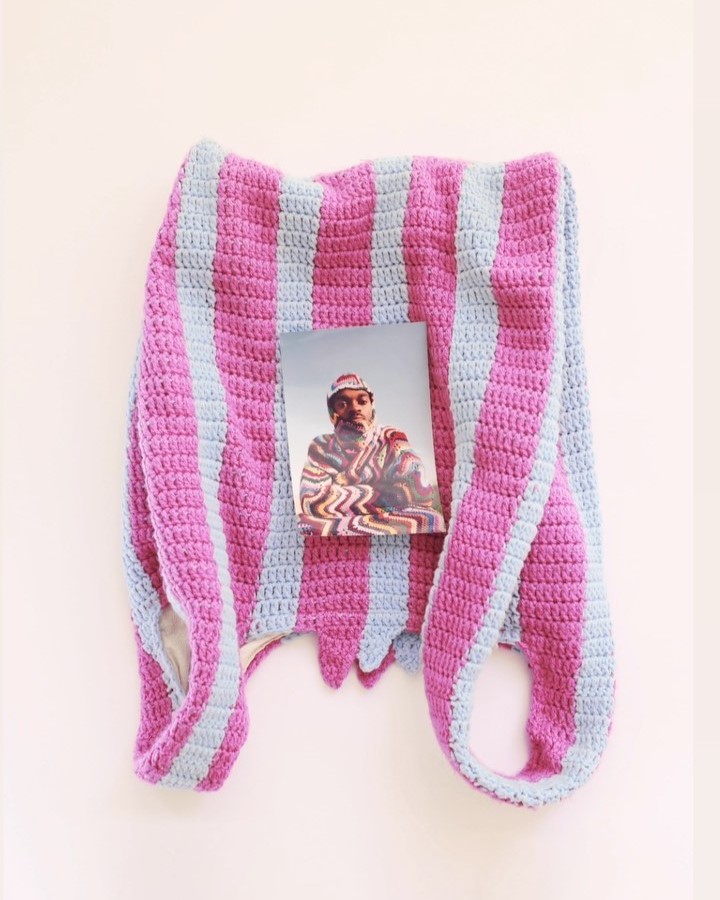

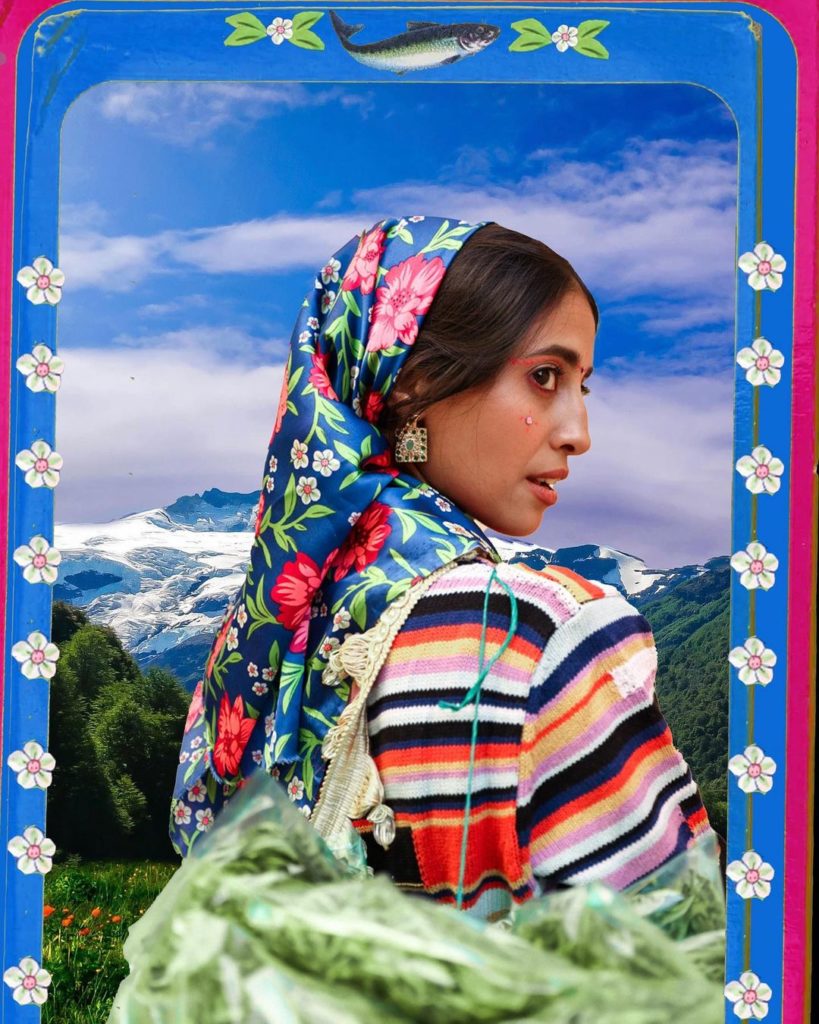

Tata Aisha has starred in many of your personal and commercial projects. Tell us more about your special bond and the inspiration she brings into your life.
Most people are unaware that Tata was the one who initiated the majority of the creative projects I’ve shared with her. Above all, she is an educator. She has taught me how to bake bread, how to cultivate mint in my backyard, and how to do art without limitations. We both had quite different lives, but we share our love for nature and creativity. I’m appreciative of the chance I had to go art school overseas, but occasionally the information I’ve gained feels like a bubble I can’t escape. And she unknowingly assists me in escaping. She inspires me since she is pure and has a free mind. She motivates me to be less regimented and more natural.
You launched L’mika Bag this summer as a sustainable alternative to plastic bags. What’s the story behind this collab?
First and foremost, L’mika’s tale is one of a lovely relationship that took off on Instagram. One more fantastic benefit of social networking. I contacted Soukaina after seeing her stunning art on Instagram with the intention of working with her. I didn’t get the notion to create a sustainable plastic bag until four months later, and Yeoja was the only person that sprang to mind to construct it.
We had a resoundingly positive response on social media because Soukaina created the bag with such painstaking attention to detail—almost like a “Trompe-l’oeil”—making this commercial bag a true piece of art. Regarding the sustainability element, I’ve always wanted to assist in addressing the significant littering problems that exist in Morocco. Furthermore, even if L’mika isn’t a quick fix, it is the start of a dialogue that should inspire some initiative in the next generation and help spread the word about the importance of not littering.
What can we expect to see more of through your lens in the future and is there a key piece of advice you would like to share with aspiring photographers around the region?
The future excites me a lot, especially because of all the wonderful partnerships that lie ahead. I’m hoping to keep developing and creating. To all creative souls, I would advise trying not to get too caught up in the content on social media. Avoid comparing your work to that of others; creativity is boundless and will manifest itself in those who are in tune.
![]()
Discover more about Sara’s work, here.
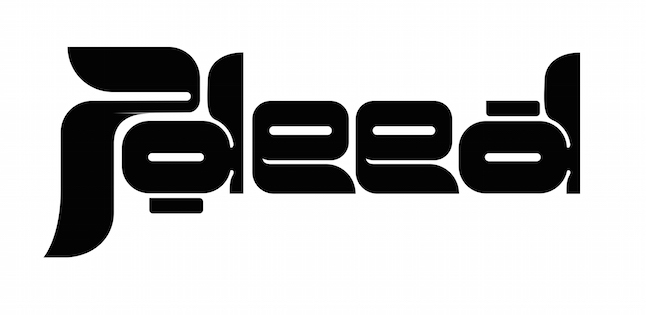
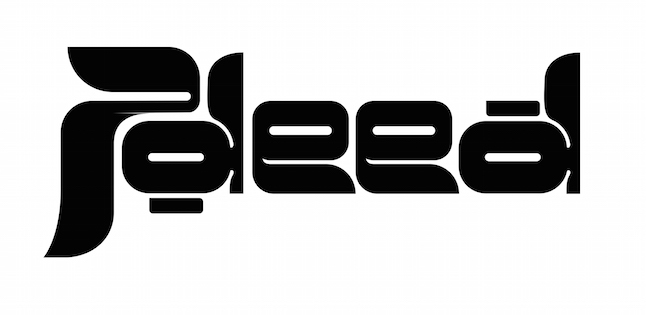




0 comments